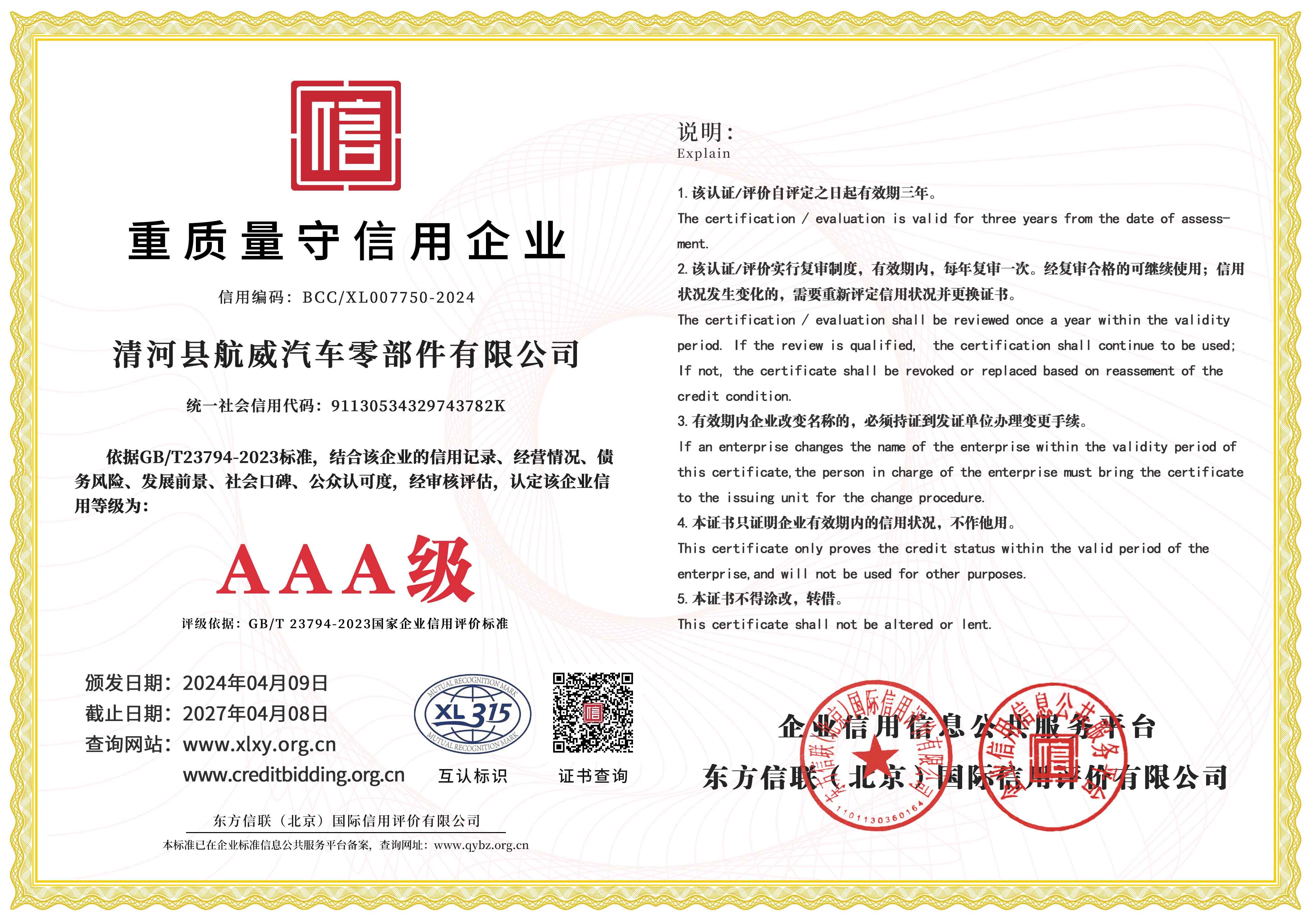Adjusting and Replacing Your Vehicle's Shifter Cable for Smooth Gear Changes
Understanding Changing the Shifter Cable A Comprehensive Guide
The shifter cable is an essential component of a vehicle's transmission system, facilitating the smooth shifting of gears. Over time, due to wear and tear or environmental factors, the shifter cable may require replacement to maintain optimal performance. In this article, we will explore the signs of a failing shifter cable, the process of changing it, and some tips for ensuring longevity after installation.
Signs of a Failing Shifter Cable
Recognizing the symptoms of a failing shifter cable is critical for preventing potential transmission issues. Here are some common signs you might notice
1. Difficulty in Shifting Gears If you experience stiffness or resistance when shifting gears, it can indicate that the shifter cable is worn out or damaged.
2. Gear Slippage Occasional unexpected changes in gears while driving can signal that the shifter cable is malfunctioning and not holding the position properly.
3. Unusual Noises Any grinding, clunking, or popping sounds when shifting gears can be a telltale sign of a failing cable.
4. Incomplete Gear Engagement If you find that the gear lever doesn’t accurately reflect the gear the vehicle is in, it is likely due to a failure within the cable assembly.
Replacing the Shifter Cable
Replacing a shifter cable may seem daunting, but with the right tools and a bit of mechanical knowledge, it can be a manageable task. Here’s a step-by-step guide
1. Gather Tools and Materials You will need a new shifter cable, a socket set, pliers, screwdrivers, and possibly a jack to lift your vehicle.
changing shifter cable

2. Preparation Start by parking the vehicle on a level surface, engaging the parking brake, and disconnecting the battery to avoid any electrical mishaps.
3. Accessing the Cable Depending on the vehicle model, remove any panels or covers obstructing access to the shifter cable. This may include removing the center console.
4. Detach the Old Cable Follow the cable path to where it connects to the transmission. Carefully remove any connectors or clips holding the cable in place. Take note of how the cable is routed for easier installation of the new one.
5. Install the New Cable Route the new shifter cable in the same manner as the old one, ensuring it is secure and not pinched. Connect it to the shifter and the transmission. Make sure all clips and connectors are fastened properly.
6. Testing Before reassembling any panels, reconnect the battery and start the vehicle. Test the shifter to ensure the gears engage smoothly. If everything functions correctly, turn off the vehicle and finish reassembling the interior.
Maintenance Tips
After replacing the shifter cable, a few maintenance tips can help ensure its longevity
- Regular Inspections Regularly check the shifter cable for signs of wear or damage. Early detection can save you from more significant repair costs down the road. - Keep the Area Clean Dirt and debris can accumulate in the cable housing, leading to wear. Keeping the area clean will help maintain a smooth operation.
- Avoid Extreme Conditions If possible, avoid extreme temperatures and harsh driving conditions that can stress the cable over time.
In conclusion, changing the shifter cable is an essential maintenance task for ensuring your vehicle’s optimal performance. By recognizing the signs of a failing cable and following the correct replacement procedures, vehicle owners can improve their driving experience and prolong their vehicle’s lifespan. With a little effort and attention, you can keep your vehicle's transmission operating smoothly for years to come.
-
Workings of Clutch Pipe and Hose SystemsNewsJun.04,2025
-
The Inner Workings of Hand Brake Cable SystemsNewsJun.04,2025
-
The Secrets of Throttle and Accelerator CablesNewsJun.04,2025
-
The Hidden Lifeline of Your Transmission Gear Shift CablesNewsJun.04,2025
-
Demystifying Gear Cables and Shift LinkagesNewsJun.04,2025
-
Decoding Clutch Line Systems A Comprehensive GuideNewsJun.04,2025
